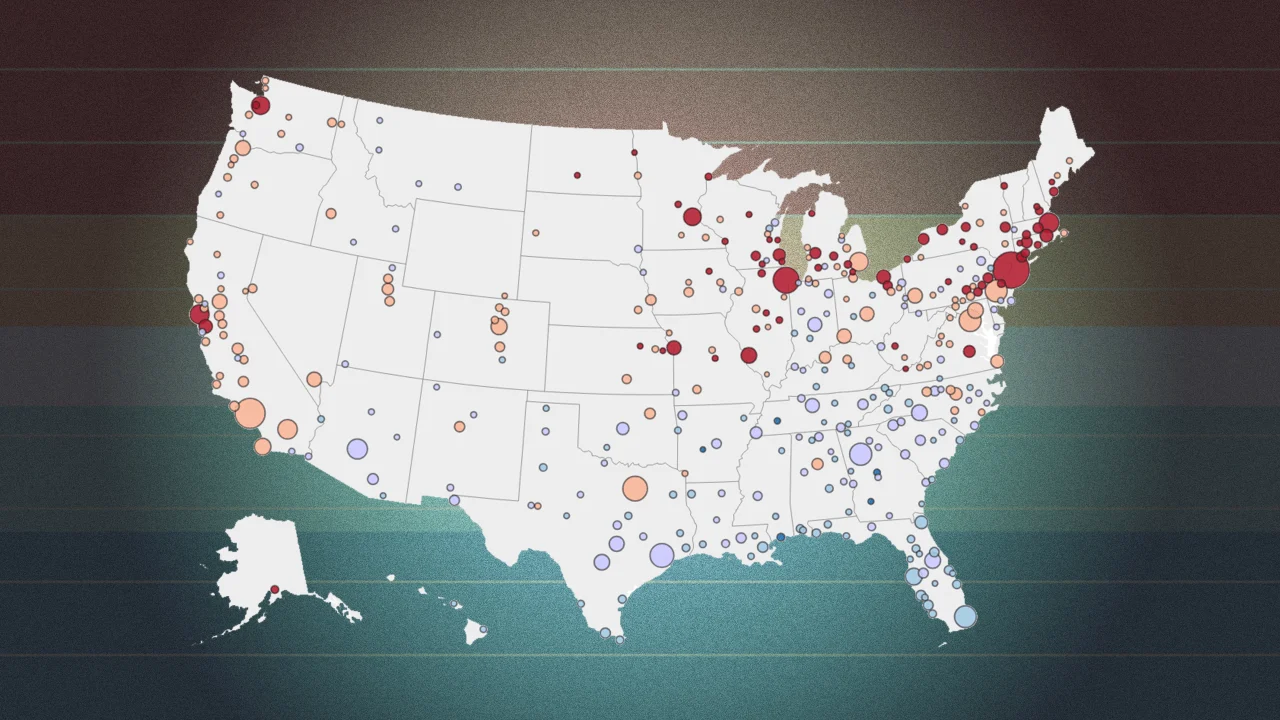Six Tricks Companies Use to Hide the Impact of Tariffs
Some companies are getting clever about how they pass along the costs of tariffs to customers.

As the chaos and confusion surrounding America’s tariff policies continues to swirl, one truth remains a constant: A lot of things are going to get more expensive. No matter what happens to tariffs in the courts or as the result of trade deals with other countries, the prices of many products are going to increase due to tariff pressures, and they probably won’t be going down again any time soon.
Companies know their customers aren’t thrilled about price increases, and some will employ a bit of basic trickery to hide the increased costs of their items from you by keeping the sticker price relatively unchanged while compensating for tariff costs in other, less obvious ways. Here are six tricks to watch out for if you're wondering whether an item you're about to by has been affected by tariffs.
Shrinkflation
“Shrinkflation”—the practice of subtly reducing the amount of a product you get for the same price—isn’t new. Companies have been introducing “new” and “improved” versions of products that are just smaller versions in new packaging for years as a strategy to hide price increases. The strategy works because few consumers take the time to notice just how many ounces or items are contained in the package.
Companies will likely be leaning into shrinkflation strategies with a vengeance to hide tariff costs. By reducing the amount of product you get, they can keep the price nominally steady while shaving their costs to compensate for the tariffs they’ll be paying. Make a note of the size and quantities of the products you already have in your house and pay attention the next time you go shopping—you might find you’re getting a lot less for the same price.
Skimpflation
A subtle way to make up for added tariff costs? Use cheaper ingredients or components. Reducing the quality of what goes into a product reduces costs, which allows the price to stay the same. A recent real-world example involves Scott’s toilet paper, which advertises 1,000 sheets per roll. The number of sheets has remained the same, but the weight of a 4-pack has gone from a little over 2 pounds to just 1 pound, 7.6 ounces in recent years. Something changed—either the thickness of the sheets, or the components used in its production—and the result is a cheaper product being sold for the same price.
Skimpflation can be very difficult to spot unless you have older versions and product labels to compare new items against. There are a few more obvious signs:
Substitutions. Cardboard instead of plastic components and packaging—cardboard is a lot cheaper.
Ingredients. If the first ingredient listed is water, there’s a very good chance you’re looking at a skimpflated product. Water is a common substitution when other ingredients are reduced. Similarly, if a product once made with real sugar now sports high-fructose corn syrup, the product has been changed without telling you.
Performance. The proof is often in the performance. If a product you’ve used for a while suddenly isn’t as good or seems to break or wear out more easily, that’s a sign that the company has cheapened the ingredients or production process in some way.
Price creep
Compensating for tariff costs doesn’t always happen in one dramatic (very noticeable) price increase. Incremental price increases over a period of months can slip under the radar, and before you know it you’re paying 25% more for the same product and you didn’t even notice.
Companies sometimes obscure these incremental price hikes by introducing new packaging, which can subconsciously be viewed as a “new” product and visually disconnect the product from the old pricing, making it easier to miss.
Excluding stuff that used to be included
One subtle way to hide tariff costs is to include less stuff with a product. One easy way to reduce costs in gadgets, for example, is to simply stop providing batteries. Another way is to take printed, hardcopy manuals or instructions and make them digital—a QR code to download the manual instead of a printed booklet. If something you buy holds at the old pricing but suddenly doesn’t include everything you’re used to, that’s a sneaky way of hiding those tariffs.
One obvious way this comes into play is the packaging: If something that used to come in a box now shows up on shelves on a cardboard tray instead of a full box—or with no packaging at all, just a price tag—that’s another relatively low-impact way companies can deal with tariff costs without literally increasing prices.
Mysterious fees
A tried-and-true way of deceiving consumers about pricing is the sudden inclusion of mystery fees. This is most effective for digital and online products and services, where fees can be positioned (and named) in various ways. The core price of the product remains the same, and if you’re not watching closely you might not even realize that your overall costs have risen. If you do notice, framing the price increase as a “fee” implies a lack of responsibility on the part of the company—after all, they’re not raising prices, they’re just imposing a fee.
Assembly now required
Finally, if you suddenly find yourself needing a certification in flatpack assembly for just about everything, you might blame tariffs. Shipping items fully-assembled costs more, so engineering them so you can ship them as nested components allows companies to reduce both packaging and shipping costs, offloading the labor cost of assembly to you. So you’re paying the same price at the store, but then you have to pay a little more in sweat equity to actually use the product.


































































































































































